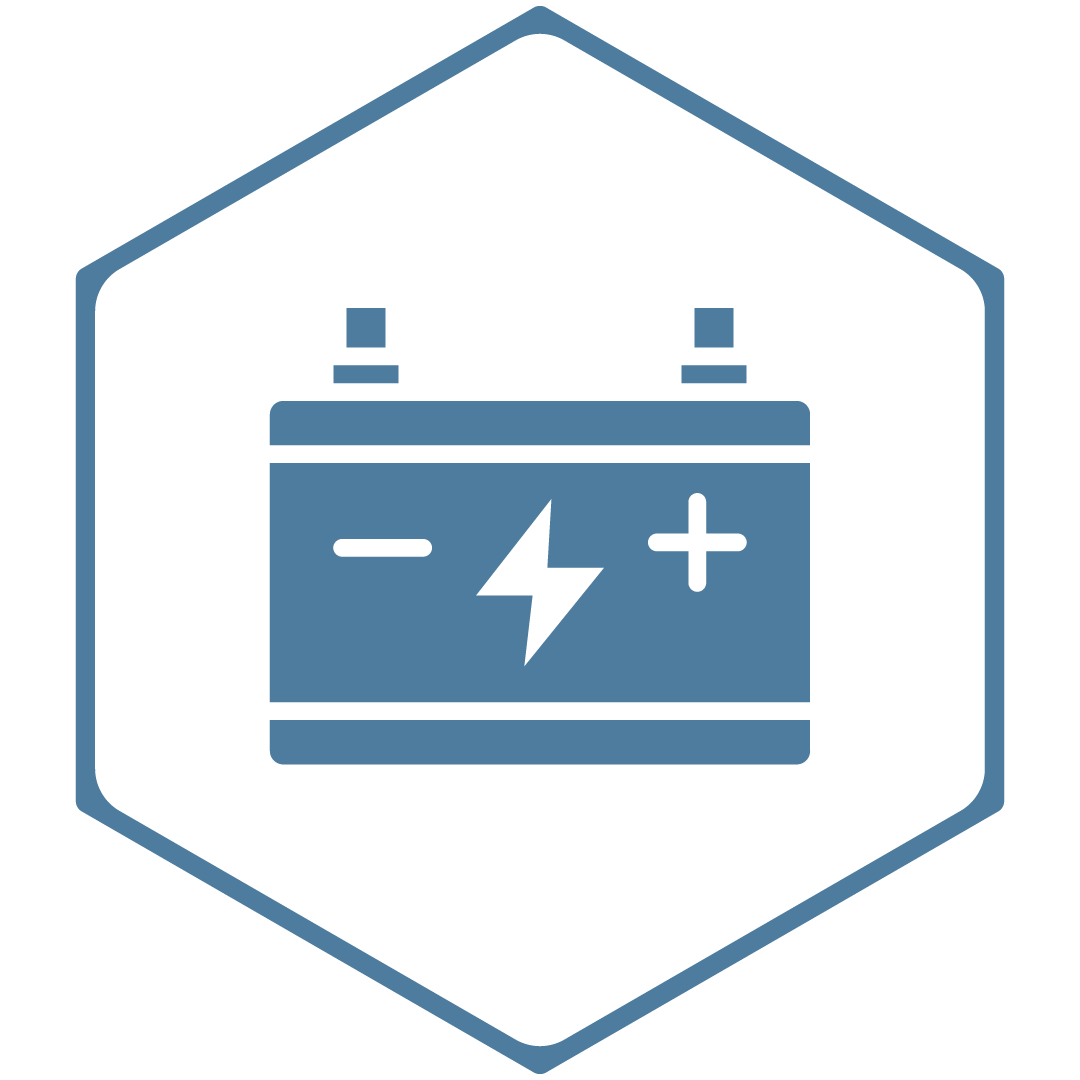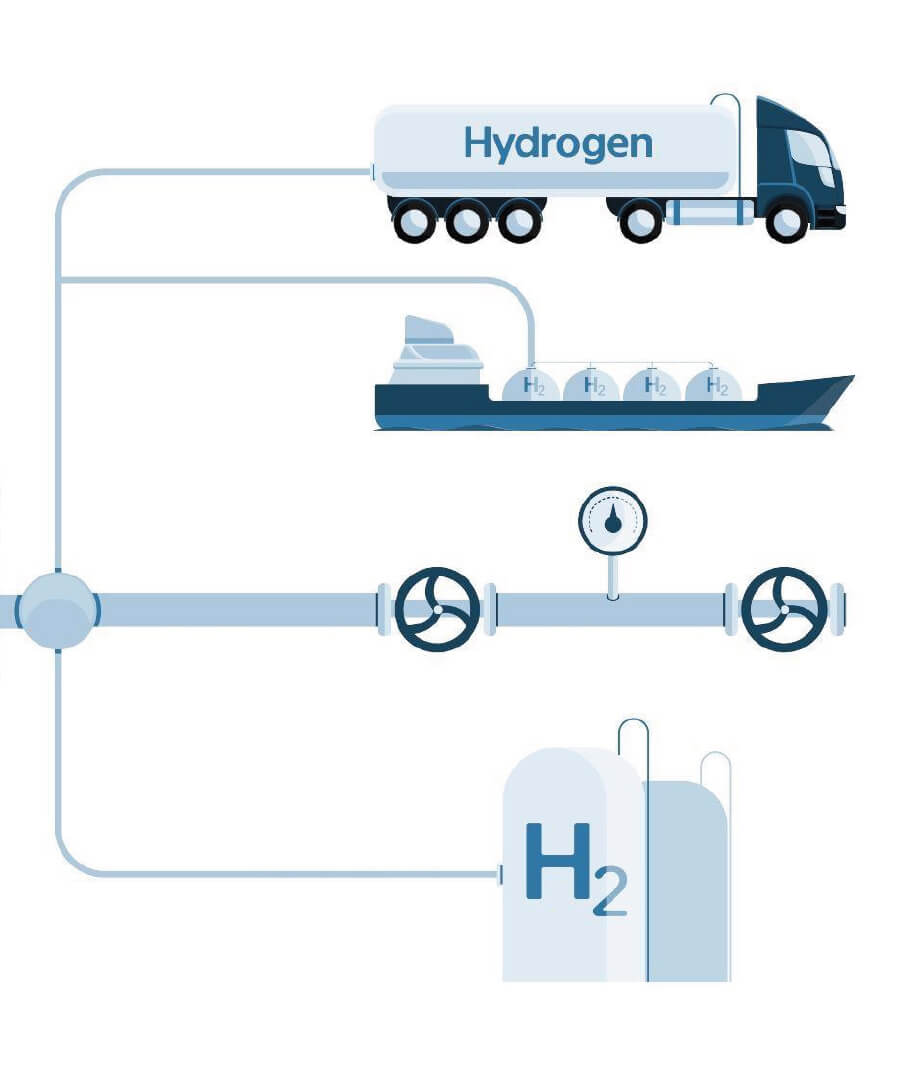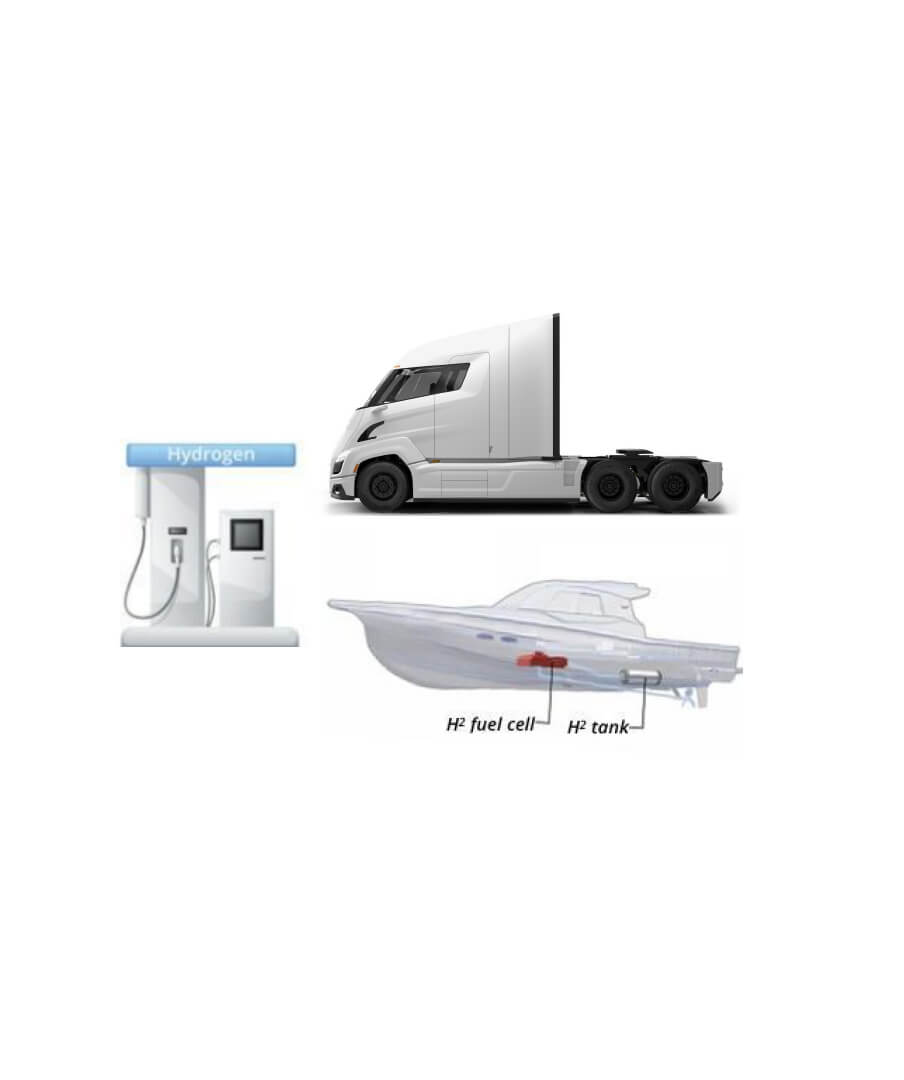NatPower H, part of the NatPower Group, is the first global developer of innovative infrastructure in the green hydrogen and yachting industry.
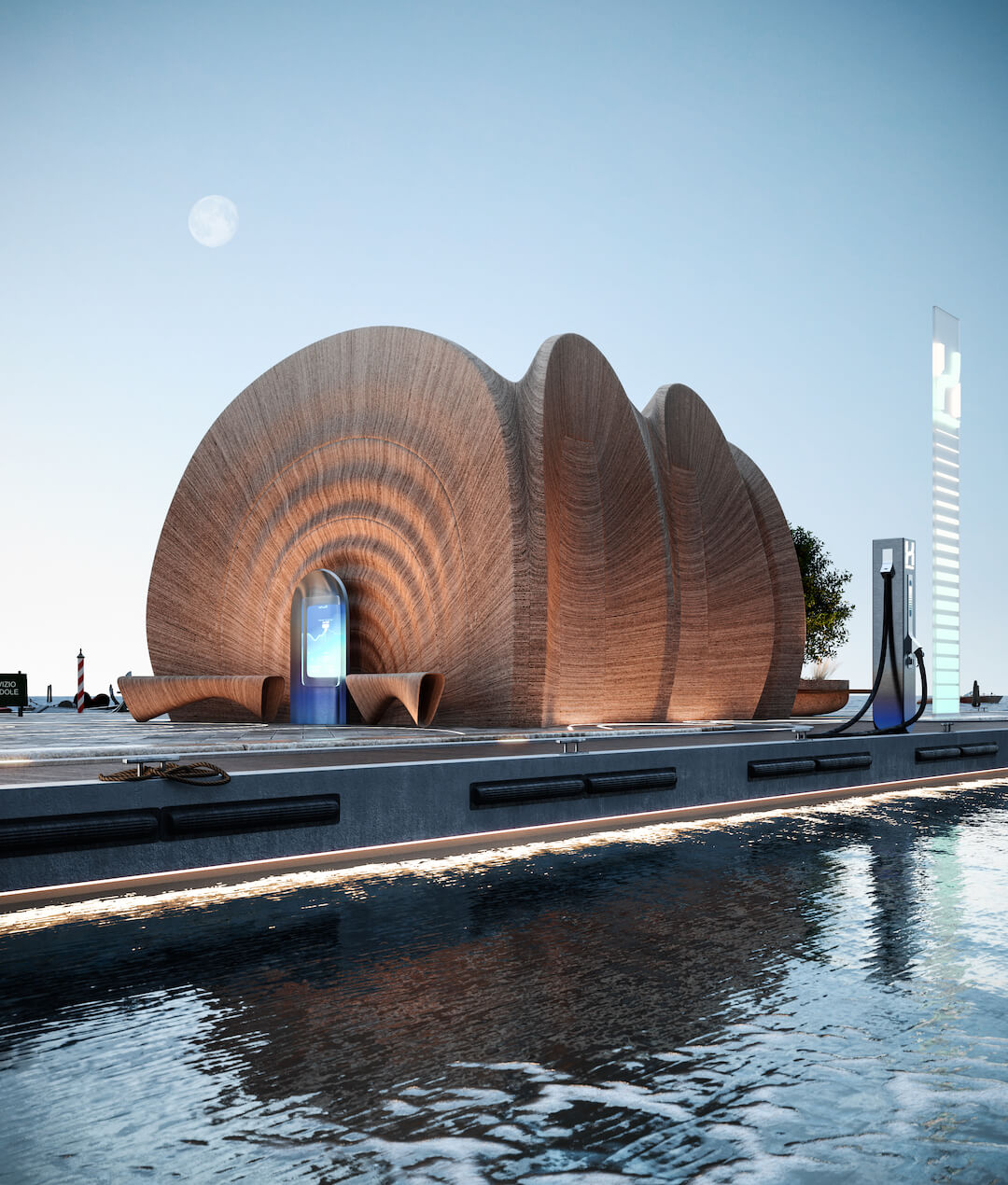
NatPower H is developing and will operate the world’s first global, large-scale network of hydrogen refuelling stations for pleasure boating. The refuelling station is designed by the architectural firm, Zaha Hadid Architects.

of global yacht buyers are demanding Fully Hydrogen powered boats
The market
The boating industry, as we have seen, is doing its part to build increasingly sustainable vessels, and numerous shipyards are promoting solutions to reduce the impact of their operations on the ecosystem. The demarcating of protected marine areas in which the use of diesel engines is now banned, further underscores the importance of sustainability also for yachts and mega-yachts, driving the entire industry towards eco-friendly innovations. This rapid energy transition is currently held back, however, by the lack of infrastructure for distribution and refuelling with zero-impact energy sources.
Through this project, therefore, NatPowerH aims to install sustainable energy hubs in the major international marinas and create the ideal conditions to facilitate the development and use of hydrogen-powered vessels.
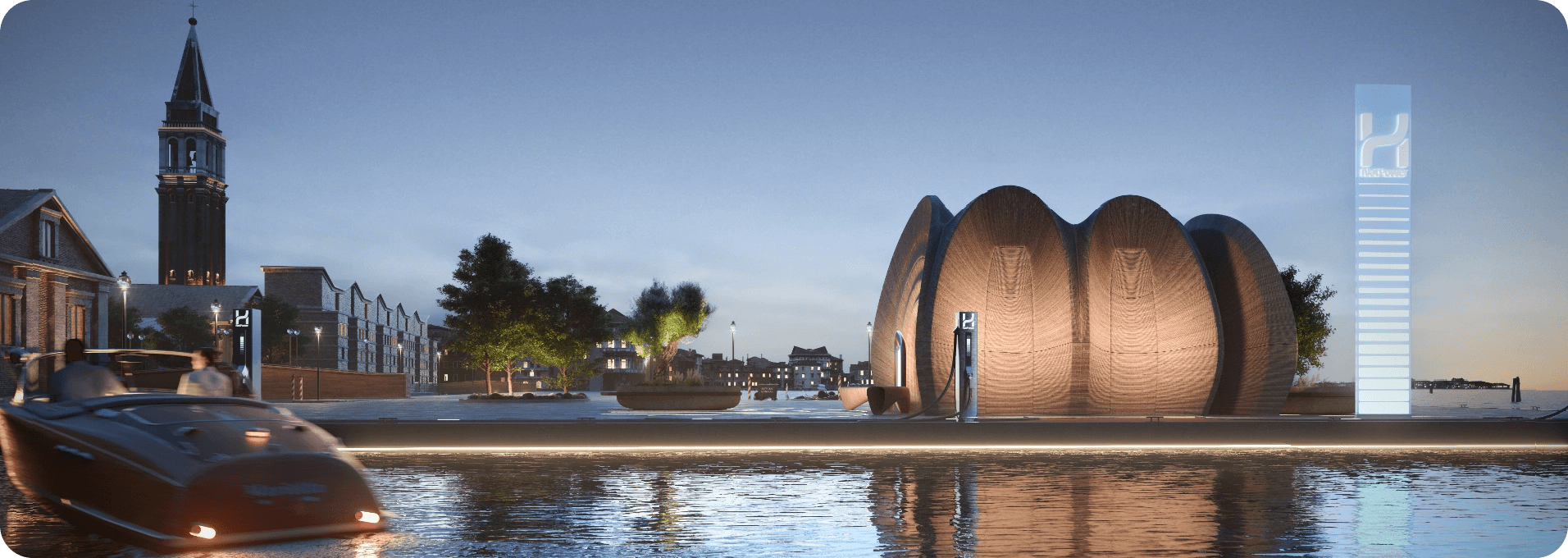
We have successfully executed binding agreements to secure port concessions or sub-concessions, with a current pipeline encompassing 30 marinas and ports.

Tonnes of Hydrogen
Supplied by 2030

Tonnes of CO2
saved per year

Investments by 2030

in the pipeline

with yacht and super yacht manufacturers

The America's Cup

involved in the project
Investment in hydrogen
NatPower H invests in the hydrogen market
NatPower H invests in cutting-edge technologies for green hydrogen production, storage and refuelling. Aware of the potential of hydrogen as an energy carrier, NatPower H works towards optimising the efficiency and use of renewable energy sources through the implementation of innovative solutions.
NatPower is thus committed to promoting green hydrogen technology and its transformative potential in the renewable energy landscape.
Specifically, NatPower promotes the following investments in green hydrogen production technology:

Electrolysis systems
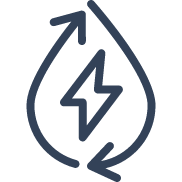
Solid oxide electrolysis cells (SOECs)
Recognising the value of greater efficiency, NatPower explores SOEC technology allowing the direct conversion of excess renewable energy into hydrogen.
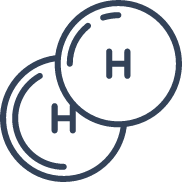
Photoelectrochemical cells (PECs)
NatPower illustrates its research and development activities on PECs, which use solar energy to activate the water splitting process and achieve direct conversion from solar energy to hydrogen.

Biological processes
NatPower promotes partnerships and investments in research projects that explore the use of microorganisms or enzymes to produce green hydrogen.
Technological progress of green hydrogen storage
Compressed hydrogen storage
NatPower actively invests in the development of advanced compression techniques and infrastructures for the efficient storage and transport of green hydrogen in high-pressure tanks.
Liquid hydrogen storage
Aware of the importance of long-term storage, NatPower supports the advances of cryogenic liquefaction technology, allowing hydrogen to be stored in its liquid state with a higher energy density.
Compressed hydrogen storage
NatPower actively invests in the development of advanced compression techniques and infrastructures for the efficient storage and transport of green hydrogen in high-pressure tanks.
Underground hydrogen storage
Optimisation of renewable sources and integration with green hydrogen
Co-localisation with solar, wind and BESS systems: NatPower actively seeks partnerships with renewable energy developers to co-localise green hydrogen production plants with solar, wind and BESS systems. This integration allows the efficient use of excess renewable electricity while maximising the effects of combining green hydrogen and renewable energy sources.
Macrotrend Pleasure Yachts
As yacht owners and builders become increasingly aware of environmental issues, electric yachts have come to be one of the nautical industry’s most dynamic trends. With most luxury crafts still relying on fossil fuel use, the impact of yachting on the environment remains a major issue.
Luxury mega-yachts can burn up to 7,020 tons of CO2 a year, such vessels, which are variously equipped with helicopters, submarines, jetskis, swimming pools and accommodation for up to 100 crew members, as “by far the worst asset to own from an environmental standpoint.»
From 2030 onwards, in parallel with a strong increase in hydrogen demand in all industries, hydrogen demand is expected to accelerate in the transport sector, as shipping and heavy-road transport activities move towards decarbonization.



